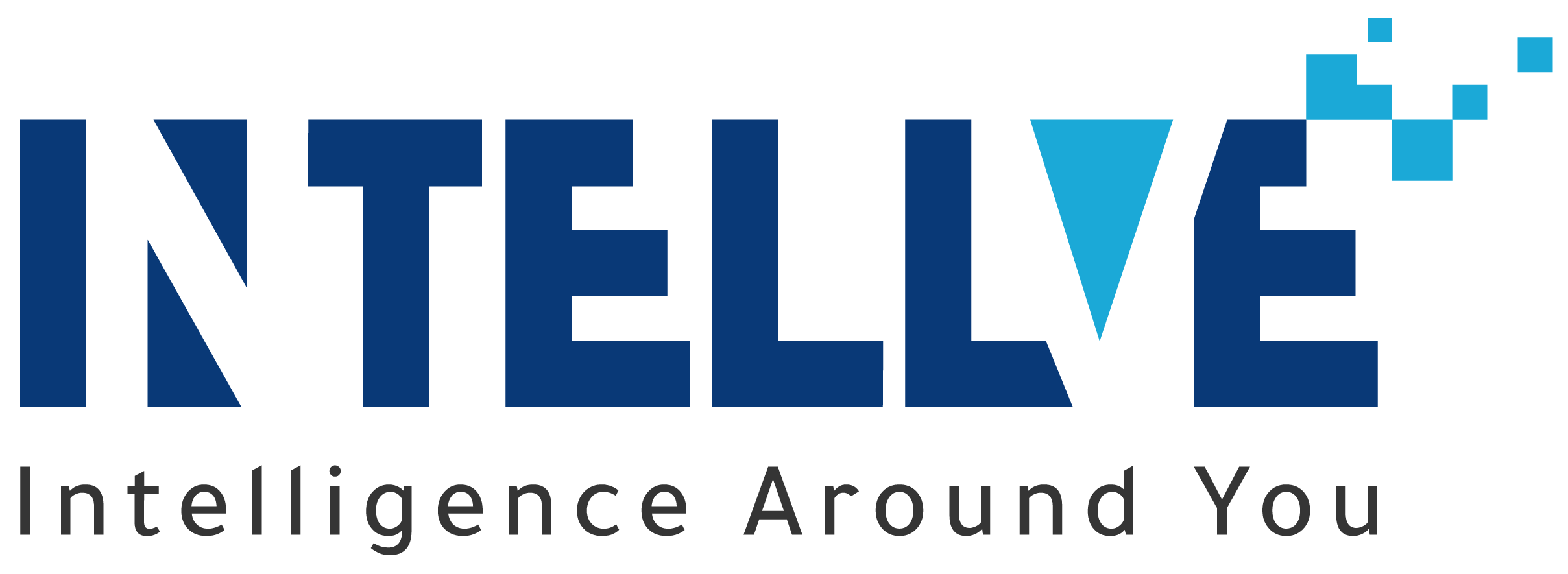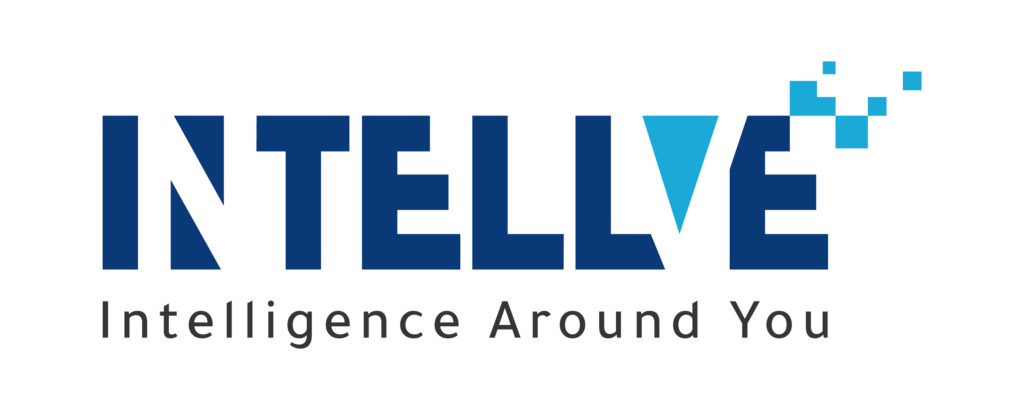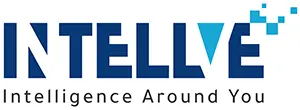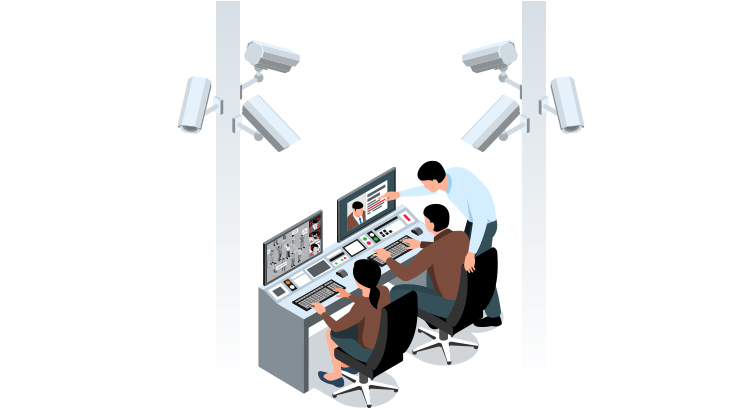Is your business still spending a lot on manual labor? How about you automate different operations, with Artificial Intelligence (AI) and Internet of Things (IoT)? Both these concepts are transforming various industries in ways one couldn’t even imagine. Vast amounts of data are being generated all around the world, on a daily basis. This makes it a daunting task for humans to analyze and extract valuable insights from it.
Also, it is difficult to coordinate and control networked devices in various locations, especially when it comes to ensuring safety and security in residential areas and corporate spaces. All such challenges are addressed by AI and IoT. Both AI and IoT automate different processes to extract valuable insights from vast data sources so that networked devices can communicate seamlessly. AI technology for beginners can be a difficult topic to grasp on. So, if you’re a beginner and want to involve AI and IoT in your business operations, follow this guide. From benefits to challenges and platforms, all aspects of AI and IoT explained here.
AI and IoT: Benefits
Individuals and many organizations are prioritizing smart living with AI and IoT, because of the numerous benefits that they offer. These include:
Informed Decision Making based on Data-Driven Insights
With AI and IoT, industries can gather, analyze, and interpret loads of data based on which organizations can obtain valuable insights, make informed decisions, and eliminate potential risks.
Predictive Maintenance
When AI analytics and IoT work together they offer predictive maintenance. IoT sensors can detect anomalies and equipment breakdowns by monitoring different characteristics like performance data, vibration, and temperature. This allows businesses to organize maintenance tasks before equipment breakdowns, thereby minimizing repair costs and reducing downtime.
Increased Efficiency
One of the key benefits of IoT and AI is to improve the efficiency of various businesses. This helps automate the most repetitive work in an organization, thereby giving more time to human resources to work on more sophisticated work like strategizing development plans for the business.
Improved Customer Experience
IoT and AI technologies play a crucial role in improving customer experience. In today’s market trends, customization is important. By deploying AI and IoT, organizations can curate varied customization options for different clients.
AI and IoT: Challenges
Though AI and IoT offer numerous benefits to businesses, certain challenges need to be addressed.
Lack of Skills
To incorporate AI and IoT into businesses, people need to have advanced skills in the fields of machine learning, cybersecurity, data science, and IoT architecture. Sometimes, many individuals lack such knowledge and skills. It is thus required for organizations to introduce upskilling programs and employee training to bridge this skill gap.
Ethical Considerations
AI and IoT ethical implications should be carefully considered to ensure transparency, accountability, and fairness. A serious concern with AI and IoT is partiality in the decision-making algorithms. If AI is trained with biased data, the system can unintentionally perpetuate bias. It can also happen if the AI is programmed with biased rules. Maintaining algorithm fairness and addressing bias requires meticulous data gathering, training data, and tracking and auditing AI models.
What are the Platforms Utilized for AI and IoT?
The platforms used for IoT and AI are:
IoT Platforms
ThingWorx and Microsoft Azure are IoT platforms that offer capabilities for data intake, device administration, and analytics. The features they provide are rule-drive automation, secure communication, and device provisioning.
AI-Driven Frameworks
To design and train deep learning models, Keras, PyTorcha, and TensorFlow are great AI-driven frameworks. These frameworks offer abstract layers and top-notch interfaces, making it easier to create sophisticated neural networks. These frameworks also offer already-trained models that allow developers to use already-existing structures and customize them for their own use cases.
Cloud Platforms
Google Cloud and Amazon Web Services are cloud platforms that offer AI capabilities for data processing, storage, and analysis as well as scalable infrastructure. Whatever data IoT devices generate, these platforms allow companies to use cloud resources to store and manage the data.
Conclusion
There are various industries where IoT and AI are being deployed to streamline different tasks that don’t require much human intervention. With AI and IoT, businesses are analyzing and processing vast amounts of data while identifying trends and risks. For this reason, to upgrade today’s security systems, many organizations are relying on the capabilities of AI and IoT.
You can also upgrade your security management by using the AI capabilities of Intelleve. Their cloud-based products are widely known to detect anomalies, ensuring a safe and sound environment for everyone while reducing the risks of potential threats.



